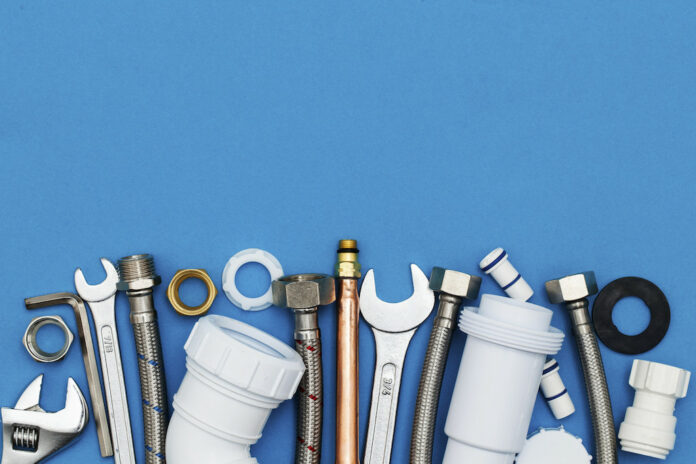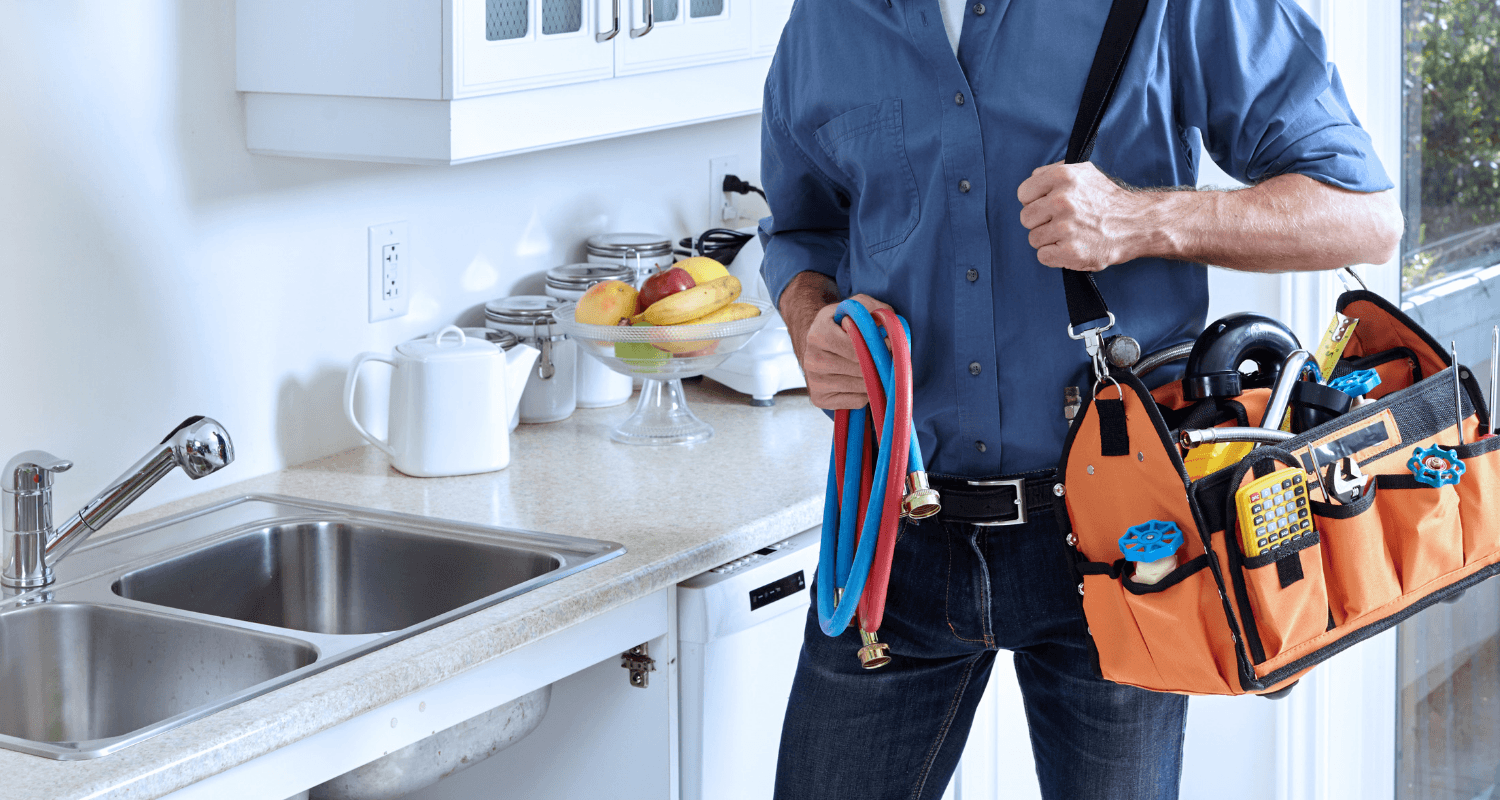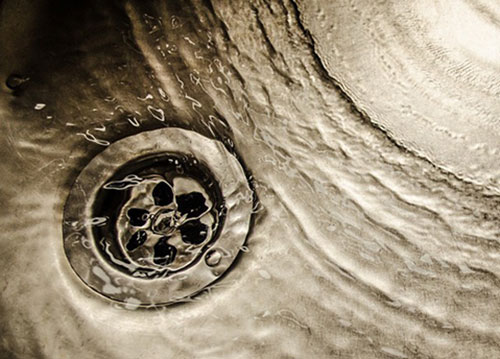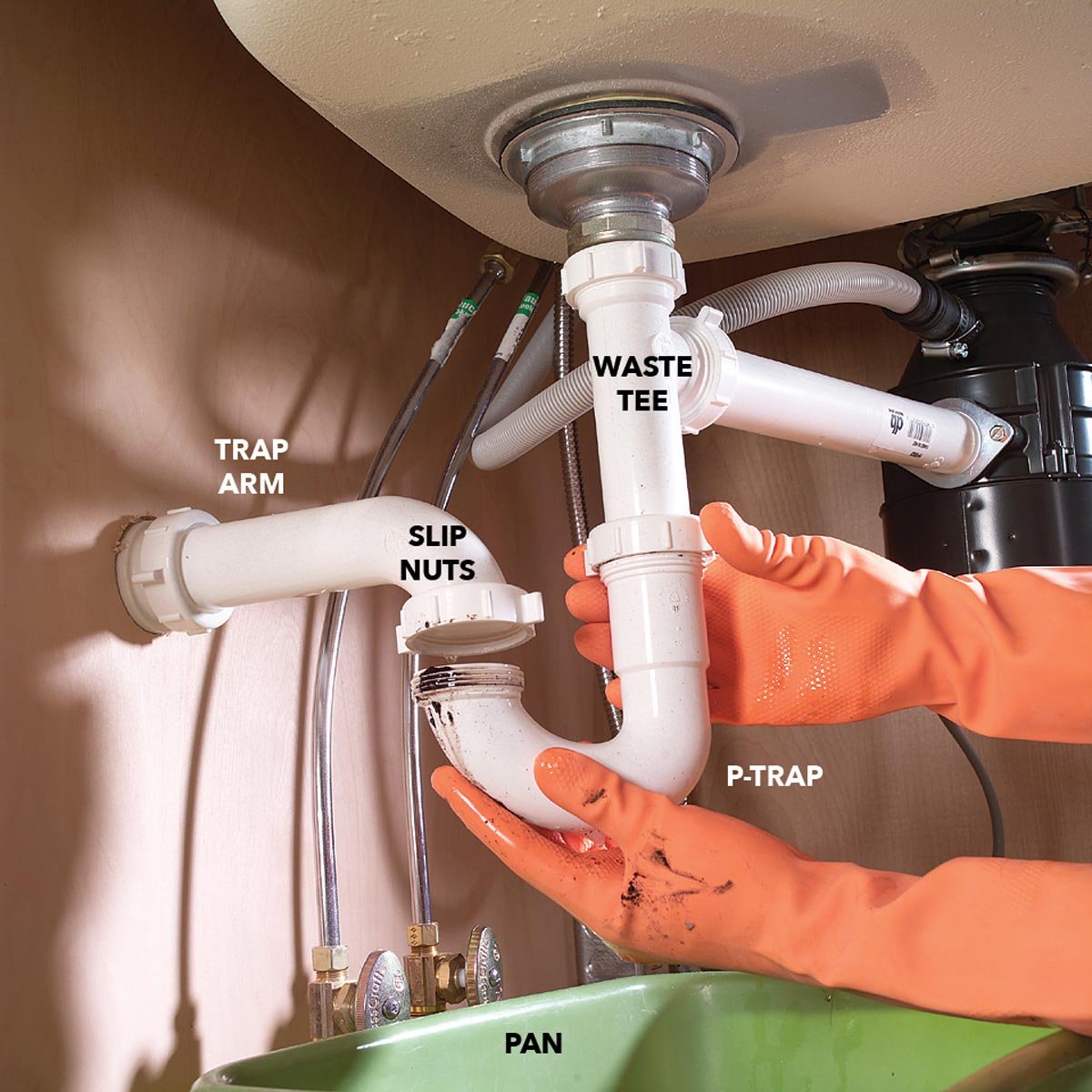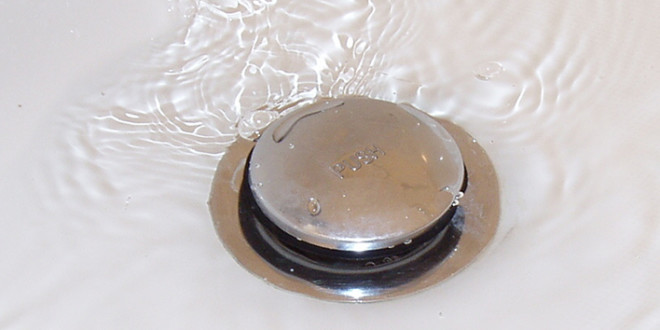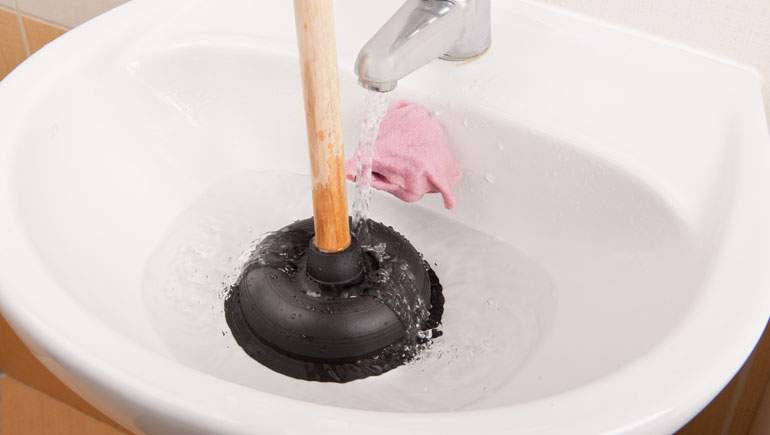Moving into a new home can be overwhelming. Here are several plumbing tips to make sure your pipe maintenance is on point.
You’ve purchased your first home. In the past several months, you’ve been wrapped up with real estate listings and finances and now it’s finally time to settle in.
First-time homeowners tend to learn a lot about home maintenance the hard way in the first year or so. In the past, you could call your landlord and have them deal with any major problems! Now, any problem big or small is up to you to fix.
If you’re realizing you don’t know squat about plumbing, don’t sweat it. It’s never too late to learn, and it’s not as complicated as you might think.
Read on for 10 plumbing tips that will come in handy in your new life as a homeowner!
1. Get Your Plumbing Inspected ASAP
Even if the previous owner gave you the rundown on the plumbing, get a plumbing inspection as soon as you can. Whether they weren’t entirely truthful or failed to notice that the pipes weren’t up to par, it’s better to know from an expert sooner rather than later.
Small plumbing issues can become large ones if they aren’t addressed right away. Plus, finding out early that certain components need to be repaired or replaced will give you the chance to work out your budget in advance.
2. Find Your Water Main Shut Off Valve
Your water main shut off valve is likely located in your basement or crawlspace, tucked away somewhere that it won’t get knocked on accident. Most of these valves will look like small gears or wheels.
If you turn them all the way to the right (clockwise), you will shut off your entire house’s water supply. Ideally, you’ll never need to use this valve, but it sure is useful if your water supply is flooding your house.
3. Don’t Use Chemical Drain Cleaners
We’ve all used those store-bought liquid drain cleaners to clear out clogged sinks. But did you know that they’re made from toxic chemicals that can harm your eyes and skin and eat through your pipes? Plus, they’re not all that effective if your clog goes any deeper than the P-trap under your sink.
If you’ve got a clogged drain and can’t seem to unclog it yourself, don’t flush chemicals down your pipes. Hire a professional to handle your drain cleaning for you.
4. Don’t Ignore Lowering Water Pressure
If you’re beginning to notice that your water pressure has dropped, don’t ignore it. That issue may extend beyond making it difficult to rinse out your shampoo.
Low water pressure can result from a number of things. One of them is a burst or cracked pipe. If the pipes that run under your house are accessible, check to make sure none of them are leaking.
5. Learn How to Clean Your P-Traps
P-traps are the P- or U-shaped pipes located under most sinks. They are the storers of clogs and the catchers of lost jewelry. Cleaning them is easy and will probably get you out of a pickle at least once.
Disconnect the P-trap by removing the holders on either side. You may need a wrench if they are more than hand tight.
With a bucket placed underneath for any dripping, pull the P-trap away from the adjacent pipes and dump the contents into the bucket. Use a pipe cleaner to clear out any stubborn gunk. Once it’s clear, put it back on and screw the fasteners in place.
6. Keep Track of How Old Your Pipes Are
Pipes do have a limited lifespan. Brass is most likely to live the longest and galvanized steel the shortest.
Over time, your pipes can corrode on the inside. These corroded areas can cause buildups that block the flow of water. Between the pipes’ weakened state and the buildup of pressure from blockages, old pipes can easily burst.
Know how old your pipes are and replace them before they cause tons of expensive damage.
7. Clear Out Your Shower Drains
Unlike sinks, there’s no good way to get into the internal workings of a shower. Once it reaches that point, you will have to call in a professional.
To avoid massive buildups, clean out your shower drains regularly using a drain snake. Make sure you move the snake in a scooping motion, applying more pressure when you’re dragging gunk up than when you’re pushing the snake down. Otherwise, you may be moving the gunk further down the drain.
8. Winterize Your Pipes
If you live in an area that reaches below-freezing temperatures in the winter, you may want to winterize your pipes. Use piping insulation on any exterior pipes, as well as the accessible pipes beneath your home.
If no one is going to run water for several hours, such as overnight, leave a faucet dripping. This will prevent any water in the pipes from going completely stagnant and make it harder to freeze.
9. Use Plungers Properly
Most people understand the general motion they’re supposed to use for the plunging process but aren’t quite hitting the mark. It’s important that the seal between the plunger and the toilet drain isn’t broken, or you’re not really doing anything but getting a workout.
The first time you apply pressure to the plunger, push lightly. There’s still air trapped in the plunger bell and if you push too hard, that air will break the seal and splash water everywhere.
Once that air is gone, you can plunge more vigorously, but you still need to maintain that seal. This motion should force water both in and out of the drain which will break up most clogs.
10. Leave Major Appliance Fixes to the Pros
When it comes to laundry room or dishwasher maintenance, call in a professional. These appliances aren’t just hooked up to water, but other utility lines like gas and electricity.
If you go poking around back there without knowing what you’re doing, you can cause some serious damage and possibly create dangerous situations.
Share These Plumbing Tips With Your Fellow Homeowners
Hopefully, these plumbing tips will save you from panic and save you some money.
New homeowners don’t have to learn the hard way, and it’s a lot easier when we share our knowledge with one another. If you’ve found these tips helpful, share them on Facebook, Twitter, or Pinterest! You just might help out another new homeowner.

